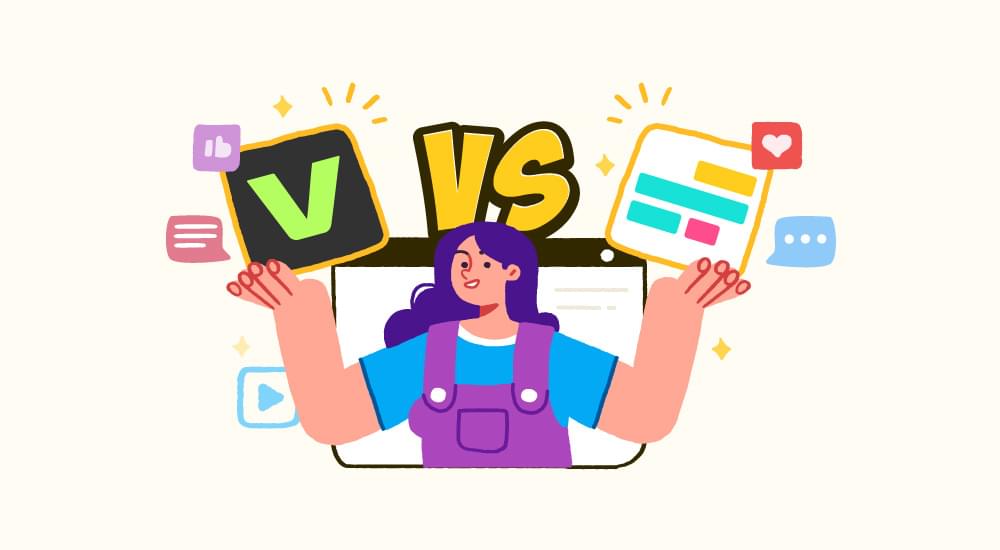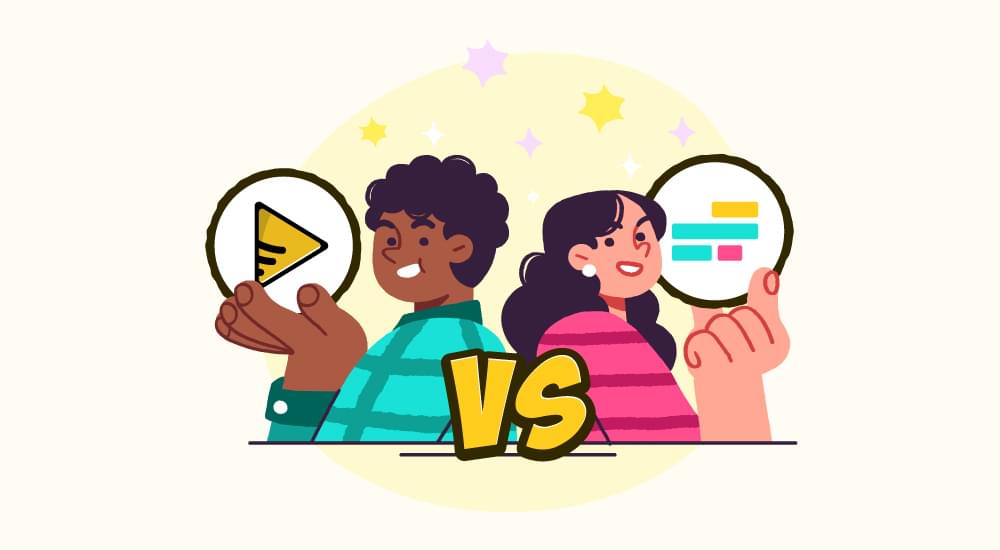
benefits of subtitles in video
5 Great Tips to Boost Your Child's Reading Level with Closed Captioning
Winter holidays are right around the corner, which means less school, more family time, and improved television habits. Unfortunately, many children watch too much TV as it is!
That’s where closed captioning comes in! If your child is watching TV more than you’d like them to be, make sure they’re not missing out on the benefits of reading. Closed captioning (CC) is the feature on your television that displays words at the bottom of the screen so you can read along with what characters are saying.
It may seem like an easy way to turn down the volume and still get entertainment, but it’s also a great educational tool for children who are reading below grade level.
With closed captioning, your child can read and follow along to the words on the television with little effort. That means they’re forced to process what is being said, which is an essential skill when learning to read. It also improves their vocabulary and comprehension when used in conjunction with DVDs that have subtitles.
Here are some tips to use closed captioning as a means to improve your child’s reading level:
1. Use TV captions: watch movies and shows together.
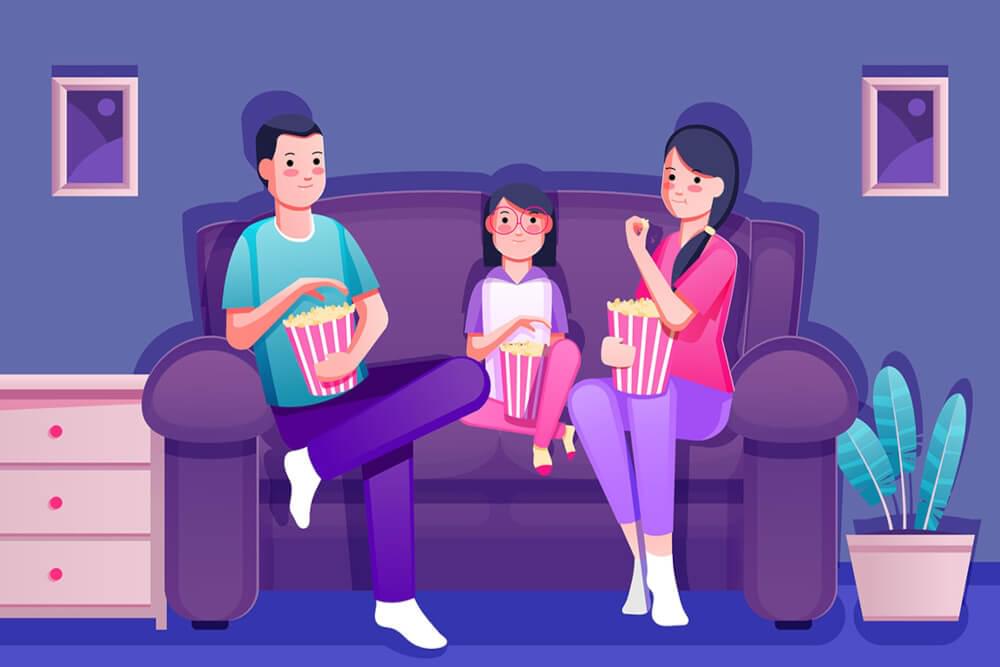
If you’re trying to increase a child’s vocabulary and reading level, make sure you watch a wide variety of shows with TV captions together – from classic cartoons like Looney Toons and Tom & Jerry, live action programs like Full House, to modern shows like Adventure Time or Pucca.
2. Make a closed captioning marathon
Make a closed captioning marathon. Pick a day and watch as many movies as you can with your child, using the closed captioning feature on your television to help them read along.
You may find that each film sparks exciting conversations about what is going on or what happened in previous episodes of a series. To keep track of which movies you’ve watched together, print out our free 5 Days of Closed Captioned Movies chart!
3. Listen to books on CD with your child.
Listening to audiobooks is a great alternative when your child reads below grade level, especially when they have trouble putting words into sentences or lose their place quickly while reading.
Audiobooks provide auditory support for children who struggle with decoding and fluency. They also help them build background knowledge that makes future reading easier and overall improve their reading level.
4. Make closed captioning part of your bedtime routine.
As you’re winding down the day with your child, watch television together with closed captioning turned on but without the sound turned up.
It will give you something to do together while helping them learn new words and expand their vocabulary before they go to sleep for the night!
5. Encourage your child to read along with characters in DVDs and video games.
Having trouble finding ways to get kids excited about reading?
Kids love playing their favourite DVD or game repeatedly (and aren’t always aware that they are missing out on learning opportunities). Closed captions allow children to read along with their favourite characters, making them feel like they are in the game themselves.
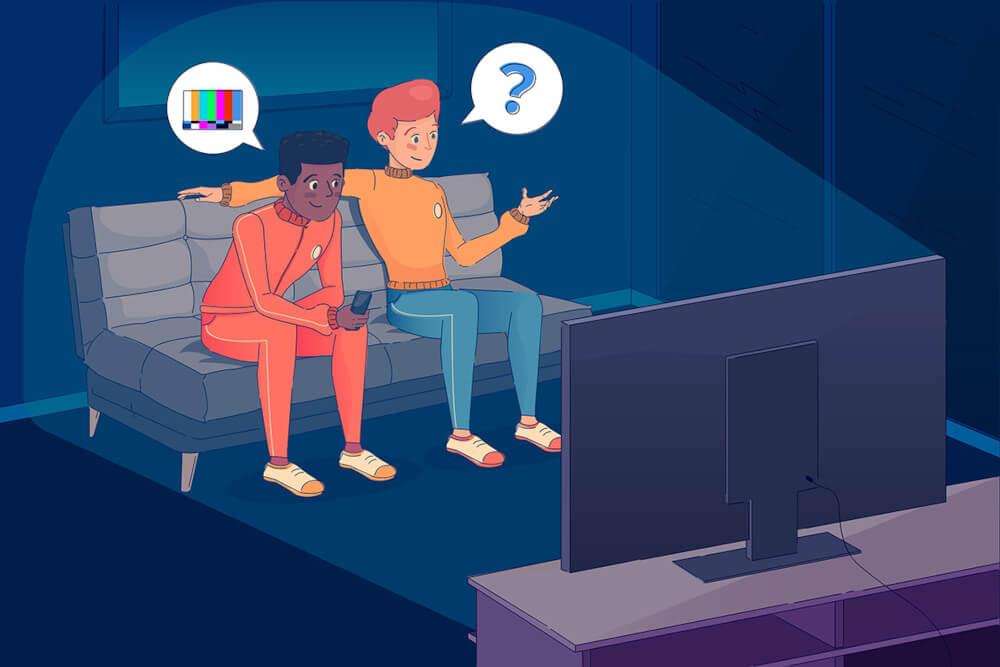
The power of language is immense and can help children grow in so many ways. Including closed captioning when you’re watching TV with your child will allow them to learn new words while developing literacy skills that stimulate brain activity and improve academic performance in months, not years!
Why Closed Captioning is Important
Studies show that children who are read to or taught to read early in life tend to become skilled readers later. The younger your child becomes familiar with the written word, the higher her reading level will be years down the road.
You can help improve your child’s reading ability by using closed captioning while she watches TV shows and movies. Here’s why:
Closed Captioning helps your child learn new words while she entertains herself. Reading has been found to help increase vocabulary among young children, but when they’re watching TV or a movie, they may not be thinking about the words they’re hearing.
Closed captioning helps them become familiar with new terms that they might otherwise miss.
Closed Captioning can help your child learn to read by teaching her how written language works. It has been shown that children exposed to more opportunities like closed captioning will pick up their reading skills faster than those who aren’t.
When your child is watching TV, she’ll have a chance to look at the captions and see how individual letters are written out. Early phonics lessons can begin this way before she’s old enough for school-aged reading programs!
Closed Captioning allows you to practice vocabulary with your child. Whether or not you choose to homeschool your child, you can use closed captioning to help her learn new words.
For example, if your child watches a movie or TV show that uses lots of difficult or uncommon words, you can pause the program and give your child time to figure out what they mean based on context clues and other words in the sentence.
It helps make reading more enjoyable. Another reason why closed captioning is important. Children who already know how to read find it much easier to lose themselves in a good book. When watching video clips with closed captions, you can encourage their interest by asking them about what’s going on and where the story is headed.
Switch off Closed Captioning when appropriate. When you’re with your children and aren’t watching TV or movies, turn closed captioning off and read to them! Although closed captioning is an opportunity for parents and children alike to improve their reading levels, it’s not a substitution for an accurate reading.
Why Closed Captioning is important for Dyslexic Students
Studies show that students with learning disabilities such as dyslexia, ADHD, and autism spectrum disorders (ASD) often have trouble understanding what they hear; children with dyslexia may even misread words when they sound like other words.
One way teachers and parents can help these struggling readers and teach autistic children is by using closed captioning. Captions provide real-time translation, which means viewers can read what they hear, just as people who don’t have disabilities do.
Captions also allow educators and parents to preview how well students understand the material before allowing them to watch without supervision.
In addition to its ability to improve comprehension skills, closed-captioning makes it easier for struggling readers – particularly those with dyslexia – to process information presented visually in text format.
While most people can process written words quickly, those with dyslexia struggle with word recognition and decoding text, making it difficult for them to grasp what they read.
Teachers can use closed captioning to help their students avoid common reading mistakes.
For example, skipping over words or phrases while reading aloud, confusing homophones (words that sound alike but have different meanings), misreading or omitting punctuation marks in a sentence, and losing their place on the page.
Closed captioning also helps some students build fluency because they can read at their own pace.
Using media or television in the classroom can help students read and understand content better.
Closed Captioning: Using Television in the Classroom
Many educators already use closed captions in classrooms worldwide; however, not all visually impaired students use them. Many country laws require that specific programs or videos are captioned for people with disabilities.
Educators can implement closed captions in several ways:
1) Have students watch a video with TV captions featuring a character they study in language arts or social studies class.
If possible, choose one that features descriptive audio to learn about how different people sound when they speak; this will help build their awareness of dialects and accents.
For example, you could play a video that provides commentary on the historical period they are studying or use it as an introduction to a play you will soon begin rehearsing.
2) Learn through TV captions on educational videos
Show students an educational video during language arts and social studies class, perhaps after introducing a new vocabulary word(s).
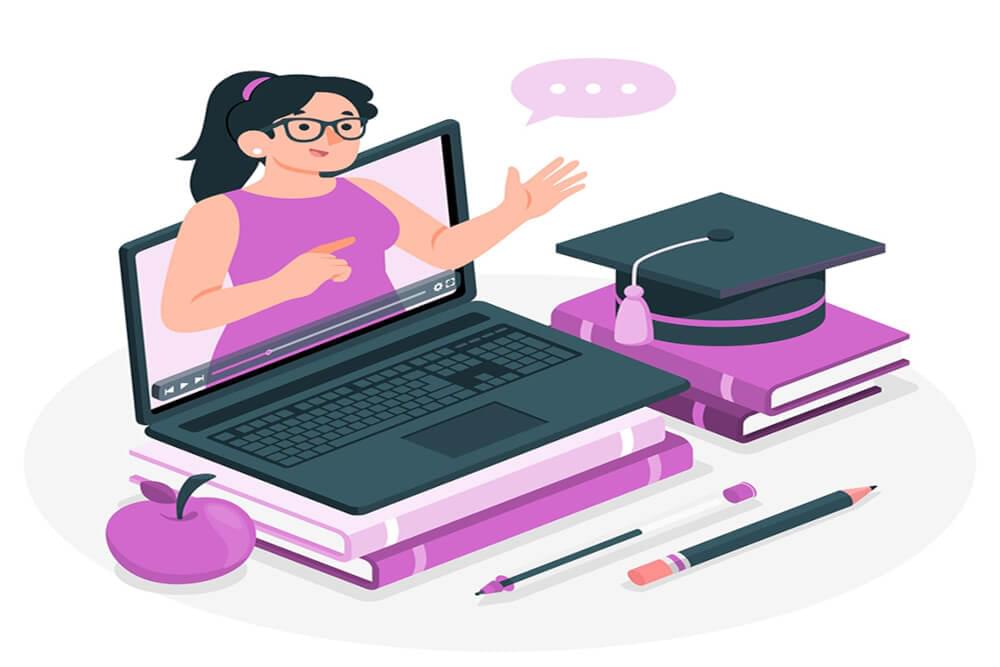
This allows struggling readers to read the definition of difficult words as they appear on screen rather than wait until later, when they may have forgotten what was said.
3) Use closed captioning as part of auditory processing therapy for ASD, NVLD, or dyslexia.
While captions aren’t delivered orally like audio recordings, which can present challenges for students with specific learning disabilities, they do visual information that helps them process and retain information faster and more efficiently.
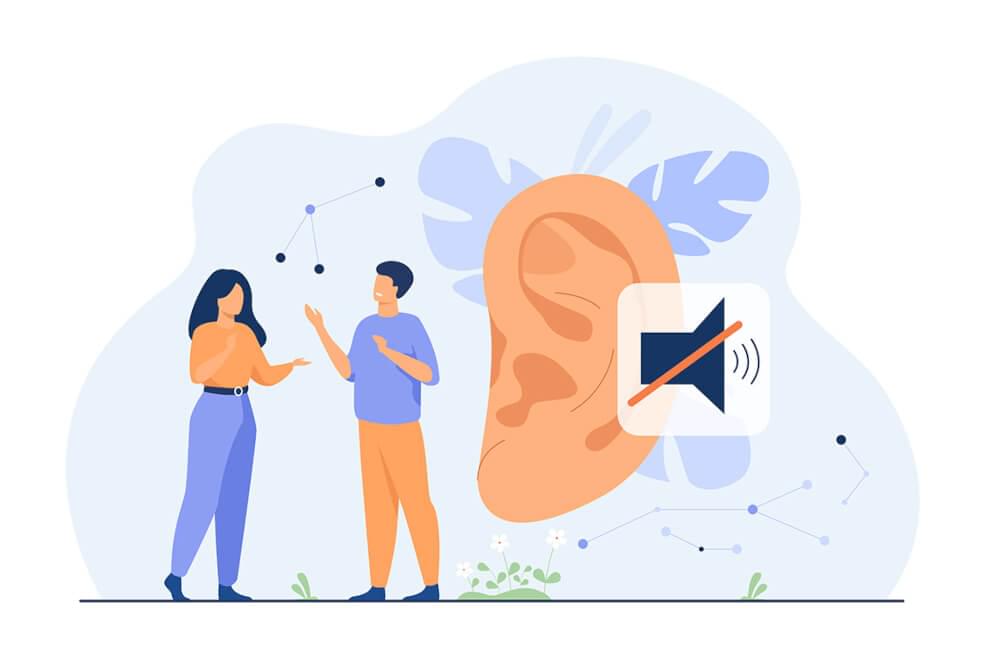
4) Play a video clip containing dialogue or detailed instructions found in an audiobook your students are listening.
It will help students process the information they hear while following along with what they read simultaneously. It also allows them to increase their fluency when reading aloud by eliminating any hesitations over words that cause trouble for them (i.e., “a” + “r” = ?).
5) Closed captions also provide more opportunities for students with autism and other disabilities to learn social skills.
Watching a character on video speak, then reading what that character said in the form of closed-captioning, helps ASD students understand how others communicate and how their words are translated into text.
It also allows them to practice conversational skills by engaging in role-play based on an activity they just watched on screen.
Ultimately, captioning is another tool educators can use to help struggling readers and those with learning disabilities boost their comprehension and fluency while building awareness about language, visual elements and advance literacy concepts.
How Parents & Educators Can Assist Struggling Readers With Closed Captions
Closed captions can be used to help struggling readers and those with dyslexia learn how to recognise letters, words, and sentences in the context of sentence structure and meaning rather than in isolation.
Since such students often need to hear or see words multiple times before they grasp their meaning, this can help them become more confident and comfortable with written language.
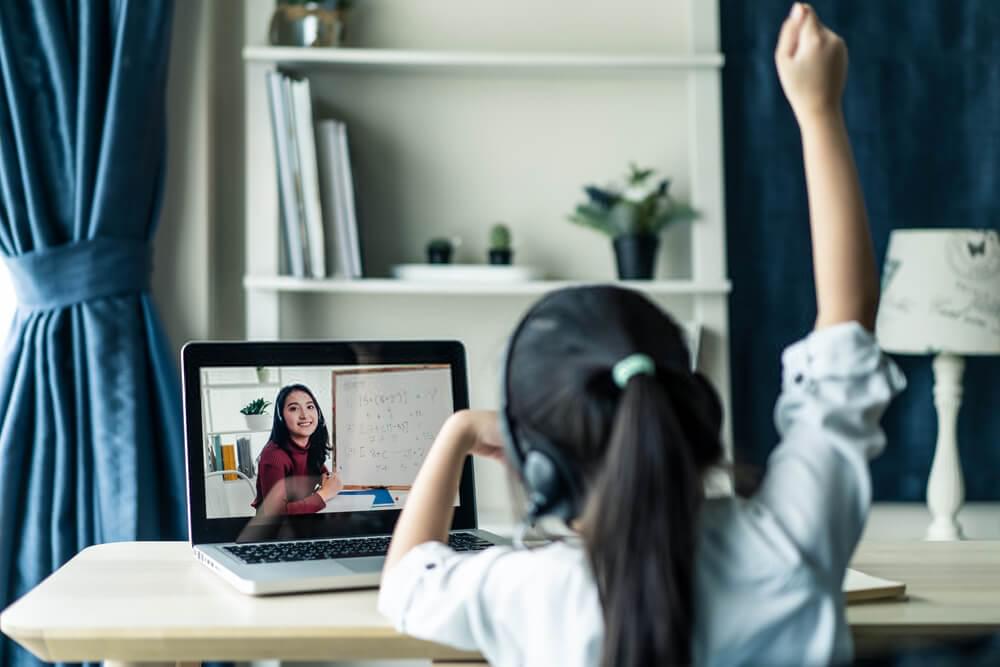
Educators using closed-captioning can:
Pair it with narration
While showing a video clip that includes captions, read the transcript and encourage struggling readers to do the same as you highlight key points and discuss what’s happening on screen.
If your school has iPads, consider downloading an app such as Highlight Cam that helps students record themselves reading along with a visual cue of where they are currently at in a given text as well as their finished performance of captioning.
Use it during fluency practice activities
Have struggling readers watch different video sections and then read the captions and discuss what they saw and heard. It allows students to practice reading aloud without worrying about mispronouncing words or getting lost in passages.
Pair it with other literacy tools such as graphic organisers
Ask students to watch a short video clip containing captions, write down words as they appear on screen and details from the dialogue, and then compare those notes to those of their classmates.
Next, have them watch another section of the same video and do the same thing again using different visual maps such as Venn Diagrams, T-charts, or cause/effect diagrams to help them analyse critical aspects of a text.
When different online teaching tools are used along with closed captioning, these strategies help students learn how to sequence the different events of a story while providing them with more time to focus on understanding written words rather than guessing what they are based on context.
Add and translate your subtitles to more than 100 languages with high accuracy







